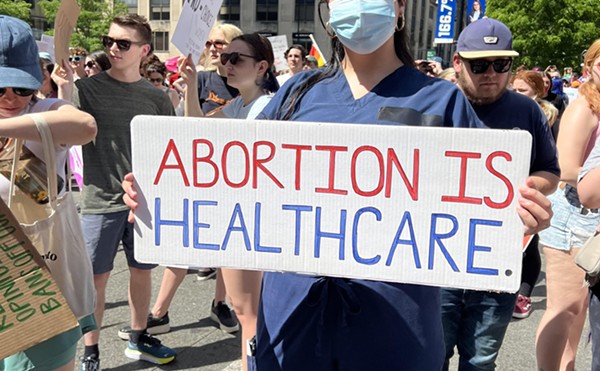As city leaders look to find ways to plug a $4 million annual funding gap for the operation of Cincinnati’s streetcar, a major backer of the transit project has proposed a way to raise a good deal of the needed money. In the process, the group would also like to expand Cincinnati’s idea of what constitutes downtown.
The Carol Ann and Ralph V. Haile/U.S. Bank Foundation announced a plan Sept. 11 that would create a special improvement tax district for the Central Business District, Over-the-Rhine and Pendleton. Property owners in the district would pay an extra tax to fund the operating costs of the streetcar as well as other services. Though the exact amount of the increase hasn’t been worked out, Haile Foundation Vice President Eric Avner has said he doesn’t anticipate tax assessments for property owners in the district becoming burdensome due to the increase.
The Central Business District currently has a special improvement district that raises about $2.5 million a year. The Haile proposal would simply extend that district into OTR and Pendleton.
The goal of the plan is to raise $5 million a year, more than half of which would go to the streetcar. Another $1 million of the streetcar operating funds would come from ticket sales and about another $300,000 would come from advertising and sponsorship.
Some of the other half of the money raised by the special improvement district would go to expanding Downtown Cincinnati Inc.’s role in OTR and Pendleton. DCI runs a number of programs promoting downtown, including downtown ambassadors. The ambassadors clean up litter and graffiti, aid visitors and work with police to reduce crime. The overall goal of the DCI expansion is to make OTR and Pendleton feel more like part of downtown, Avner said.
The plan has received mixed reactions so far. Vice Mayor David Mann has expressed some enthusiasm for the idea, saying the plan is worth trying. But county-level officials don’t like the idea. Hamilton County Auditor Dusty Rhodes said he doesn’t expect much support for the idea from taxpayers.
Some in OTR and Pendleton have questions about what the plan means for nonprofits and landlords who provide affordable housing for low-income tenants, however, and wonder how such organizations will fare if taxes are raised.
Operating costs for the streetcar have been an increasingly contentious issue. Last month, the city lost out on $5 million in federal grant money to run the streetcar after its application rated poorly in terms of how much impact it will have on the region. That set off a round of wrangling between Cincinnati City Council, the mayor and others about where the city would get the money. The Haile Foundation and a number of private donors stepped in to pledge $9 million over a 10-year period toward the streetcar’s operating costs, which closed some of the gap. Mayor John Cranley has said he will not allow money to come out of the city’s funds for basic services and has floated the idea that the streetcar could run on a diminished schedule if it isn’t fully funded.
Sixty percent of private property owners in the three neighborhoods, except churches, will have to sign off on the Haile proposal for the special district to be created. Downtown’s special district was created in 1998 and has easily passed renewal votes since.






